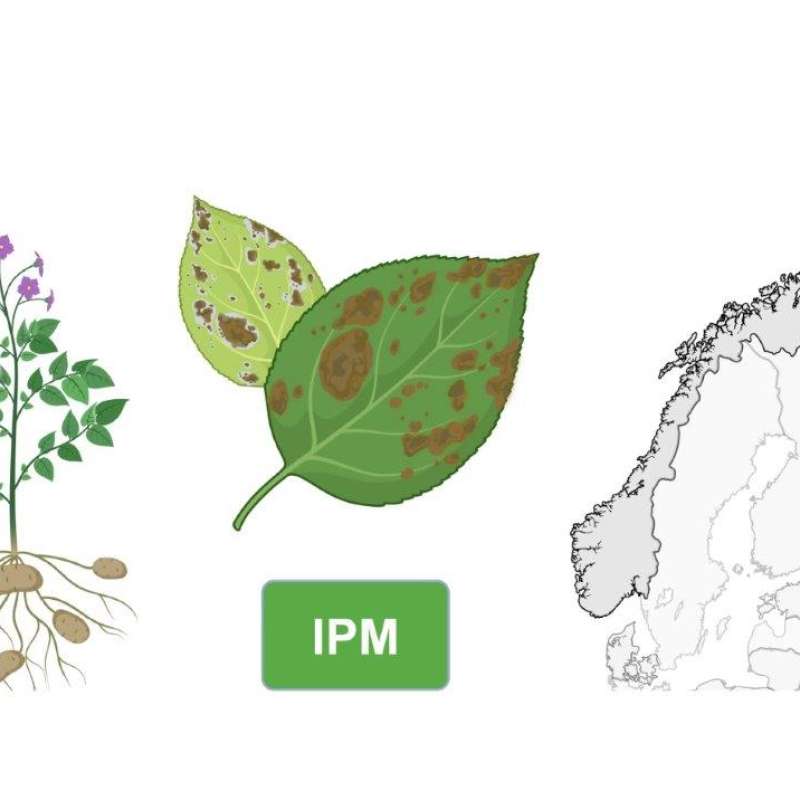Arne Hermansen
Seniorforsker
Biografi
Arbeidsområde:
Ledelse og administrasjon av Divisjon for bioteknologi og plantehelse
Tidligere arbeidsområde:
Forskning innen soppsjukdommer i grønnsaker og potet: diagnostikk, biologi og bekjempelse
Forfattere
Pia Heltoft Jensen Ragnhild Nærstad May Bente Brurberg Eldrid Lein Molteberg Arne HermansenSammendrag
Det er ikke registrert sammendrag
Sammendrag
Avslutningsseminar for prosjektet: Improved quality of Norwegian fruits, potatoes and vegetables after long- and short-term storage (2010-2014).
Sammendrag
Det er ikke registrert sammendrag

NoBlight. New challenges with old potato diseases: IPM to control early- and late blight
Global potato production is plagued by multiple pathogens, and potato late blight (LB) caused by the oomycete

NoBlight: Nye utfordringer med gamle potetsjukdommer: Integrert plantevern (IPV) for å bekjempe tørråte og tørrflekksjuke
Potetproduksjonen globalt har utfordringer med mange sjukdommer, og tørråte forårsaket av organismen
